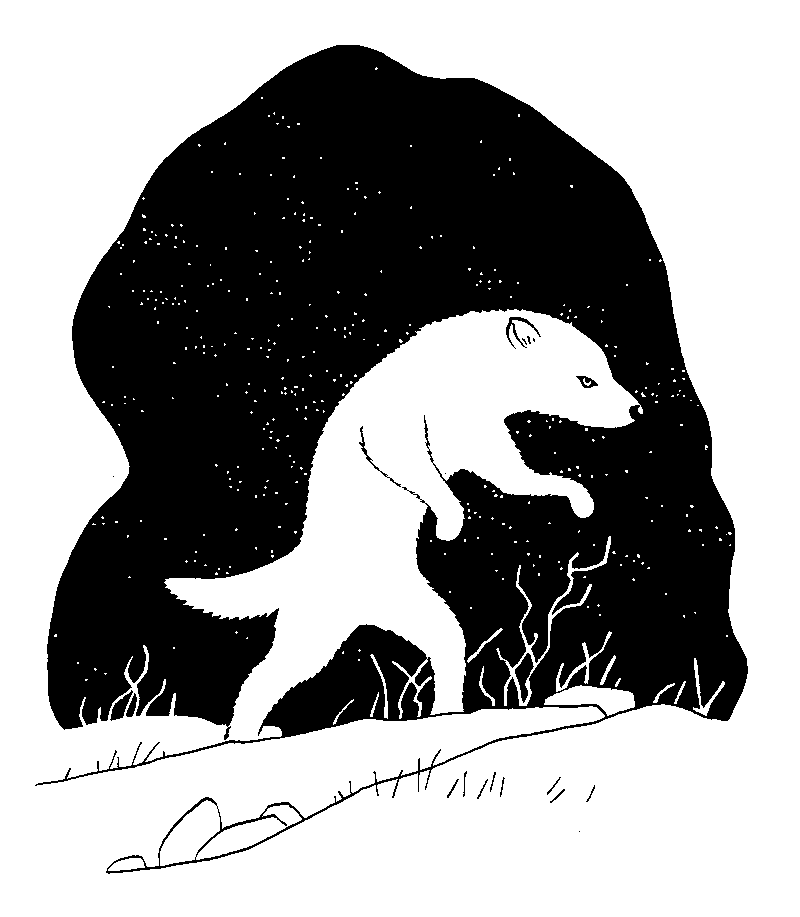Mary Shelley’s Apocalyptic Fascinations
- emihorley
- May 12
- 2 min read
Mary Shelley’s ‘The Last Man’ was subjected to a cold reception at the time of its publishing in 1826, with the novel criticized for its nihilistic themes. Perhaps it was startling to a 19th century audience to read such devastating plots from the mind of a woman, but who knows nihilism and despair better than women?
Shelley was no stranger to grief, losing all but one of her children, and whilst her earlier novel ‘Frankenstein: or the Modern Prometheus’ explores the moral ambiguity of the creation of life, dowsed with the anxieties of her own pregnancies, ‘The Last Man’ delves into the inevitability of death and the fall of mankind. It’s astonishing to find such relevance in Shelley’s almost prophetic novel, set in ‘2100, last year of the world,’ drawing descriptions of climate extremism and plague, written two centuries before the Covid-19 pandemic and long before discussions of climate crisis haunted the public consciousness. Shelley’s eerily accurate predictions permeate through the barriers of time and serve as a reminder of the indiscrimination of death and illness which plague us all. Her doomed protagonist laments, ‘We all stood equal sharers of the last throes of time-worn nature.’
Romantic descriptions of thriving nature intermingle with apocalyptic imagery: a ’blasted earth’, ‘drowned world’ and ’perennial flood’. It’s hard not to draw comparisons with contemporary anxieties surrounding climate change, yet there is a strange comfort to be found in this shared anxiety, with Shelley’s own voice informing the narrator’s declarations. Perhaps it is Shelley’s proximity to death which influences her vulnerability in exploring mortality.
Shelley is unafraid to expose the looming mythos of human extinction, and I cannot help but find solace in her dark prophecies. She writes, ‘Yet such is human nature…that the imagination, softened my real sorrows…which takes the mortal sting from pain.’ In times of crisis, it is innately human to turn to imagination to navigate uncertain realities, and I am glad to have found this capsule of Mary Shelley’s nihilistic, yet passionate imagination.


Comments